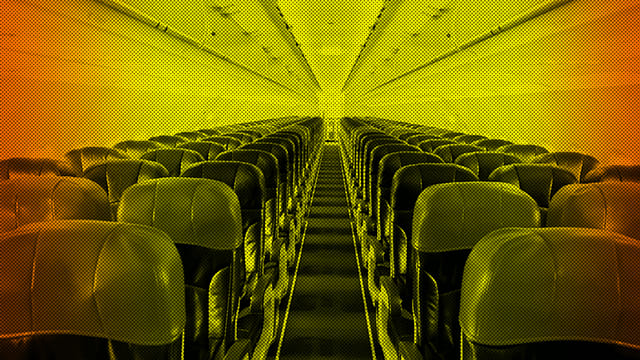Domestic airline losses may widen to $1.9 billion this year
ADVERTISEMENT

The domestic airline industry’s losses could widen to $1.65-1.90 billion in the current financial year, due to higher costs and lower yields, according to a report released late on Monday.
Aviation consulting firm CAPA India, in its mid-year outlook, said airlines needed to adjust to the new normal of higher costs and excess capacity. With India’s GDP expected to rise by around 7.5% in 2018-19 and passenger traffic likely to grow around 17%, CAPA said it did not see this as a downward cycle at this stage.
The loss forecast for the financial year ending March 31 is higher than its earlier estimate of $430-460 million, because of the depreciation in the rupee and a rise in crude oil prices, CAPA said.
With crude oil prices at $75-80 a barrel and an exchange rate of rupee 70-72 likely to continue for the next six months, CAPA expects the sustaining pressures in the near term. It listed acute pilot shortage—particularly commanders, slot constraints, higher tax structure on fuel, and congestion at major airports as some of the key headwinds for domestic airlines.
January 2026
Netflix, which has been in India for a decade, has successfully struck a balance between high-class premium content and pricing that attracts a range of customers. Find out how the U.S. streaming giant evolved in India, plus an exclusive interview with CEO Ted Sarandos. Also read about the Best Investments for 2026, and how rising growth and easing inflation will come in handy for finance minister Nirmala Sitharaman as she prepares Budget 2026.
The Indian aviation industry, one of the cheapest airline markets in the world, has been struggling for some time. Other than IndiGo, none of the airlines have strong enough balance sheets to weather the current headwinds. “Most carriers are ill-equipped to withstand cyclical downturns,” CAPA said in the report.
But it wasn’t all bad news. A report by the International Air Transport Association (IATA) on Tuesday said that India is poised to become the third-largest aviation market in the next 10 years. “We expect India to overtake Germany, Japan, Spain, and the UK within 10 years, to become the world’s third largest air passenger market,” it said.
